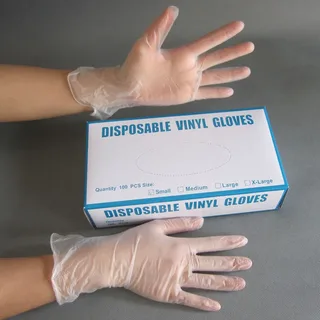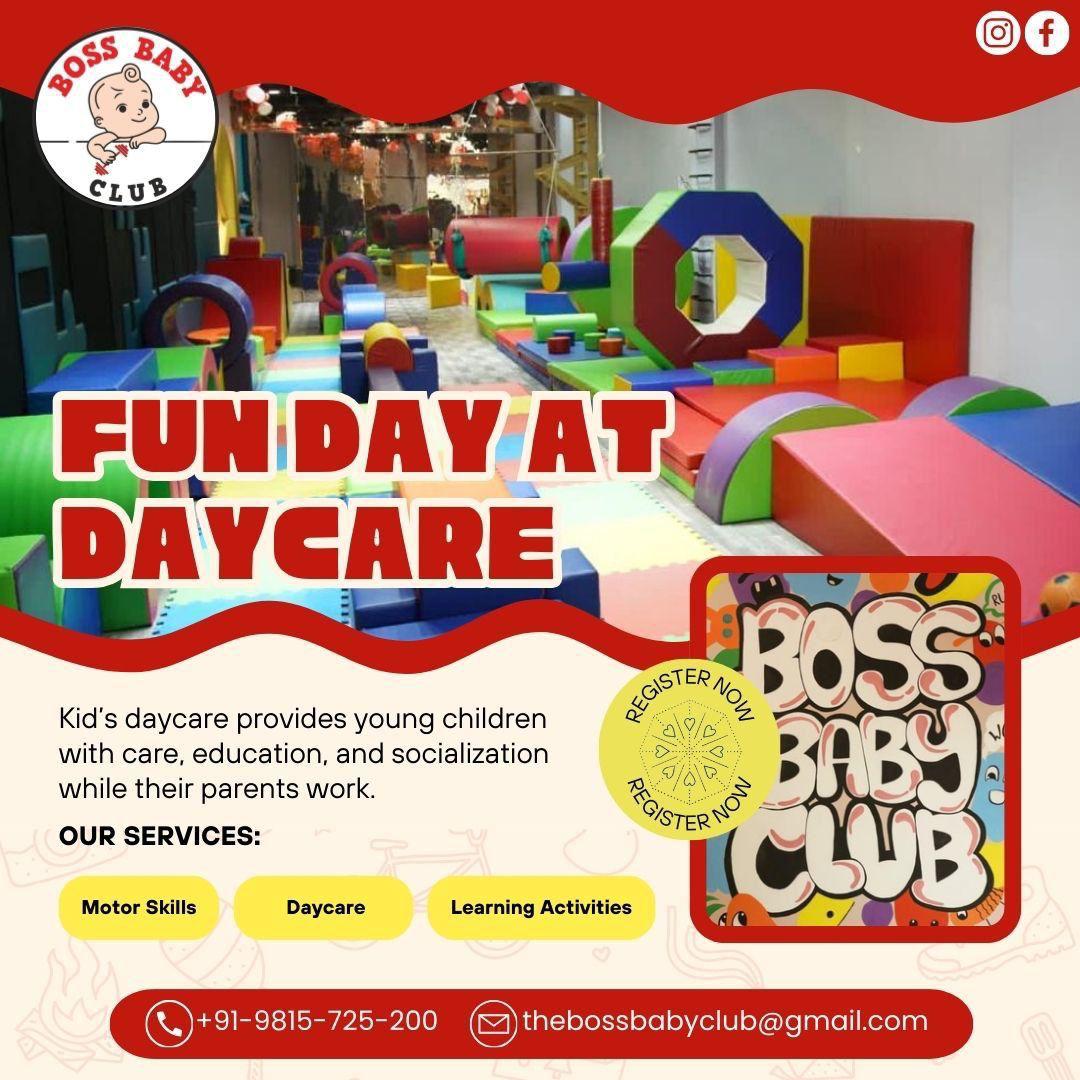In the bustling world of modern food service, industrial kitchen equipment ensures that large-scale culinary operations run efficiently and meet the demands of high-volume production. These robust appliances are tailored for the rigours of professional kitchens, handling substantial quantities of food while maintaining consistency and quality. From commercial ovens and grills to expansive refrigeration units, each piece of equipment is designed for optimal performance under demanding conditions.
Types of Industrial- Kitchen Equipment
Industrial- kitchen equipment encompasses a range of essential appliances that cater to various culinary needs. Cooking equipment, such as ovens, grills, and fryers, plays a crucial role in preparing meals efficiently. Refrigeration units, including walk-in coolers and freezers, are indispensable for preserving ingredients and ensuring food safety.
Additionally, specialised equipment like commercial dishwashers and steamers aid in maintaining hygiene and enhancing food preparation processes. Other important items include mixers, slicers, and food processors, which streamline prep work and improve productivity.
Functionality and Efficiency
Ach appliance is designed to perform specific tasks, contributing significantly to the overall functionality and efficiency of a professional kitchen. This equipment not only boosts the speed of food preparation but also ensures consistency in quality, a vital factor in any culinary establishment. Innovations in kitchen technology continue to advance, offering even more sophisticated tools that help chefs meet the demands of a dynamic and fast-paced industry.
These specialised appliances support various cooking, cooling, and storage needs, making them essential for restaurants, hotels, and catering businesses. With a focus on durability and functionality, industrial- kitchen equipment enhances productivity and helps maintain the high standards expected in the food service industry.
Importance of Quality in Kitchen Equipment
High-quality kitchen equipment is built to withstand frequent use, reducing the need for regular replacements. Investing in durable appliances minimizes long-term expenses associated with maintenance and repairs.
Enhanced Safety Features
Premium equipment often includes advanced safety mechanisms such as automatic shut-off systems and temperature controls. These features help prevent workplace accidents, ensuring a secure cooking environment for staff.
Consistent Performance and Reliability
Reliable brands offer stable and efficient operation, helping kitchens maintain high food quality standards. Consistent performance is crucial for streamlining processes and ensuring customer satisfaction.
Energy Efficiency and Sustainability
Many modern kitchen appliances are designed to reduce energy consumption. Lower electricity and gas usage not only cut operational costs but also contribute to environmentally friendly practices.
Improved Productivity and Workflow
User-friendly designs and automated functions simplify kitchen tasks, allowing staff to work more efficiently. Faster cooking times and precise control over ingredients help optimize workflow in busy professional settings.
Long-Term Investment for Business Growth
Top-tier equipment supports the success of culinary establishments by providing dependable functionality. Investing in quality ensures a well-equipped kitchen capable of handling high-demand food service operations.
Choosing the Right Kitchen Equipment
Selecting appropriate kitchen equipment involves careful evaluation of multiple factors. First, the size and capacity of the appliances must align with the specific needs of the food service operation to ensure seamless workflow. Energy efficiency is another critical consideration, as it significantly influences operational expenses.
Additionally, while high-quality equipment may come with a higher initial cost, it often proves more economical in the long run due to its durability and lower maintenance requirements. Evaluating the ease of use and functionality can also impact staff productivity and safety.
Moreover, it is prudent to consider the reputation and reliability of brands, as well as the availability of after-sales support and servicing. Lastly, compliance with health and safety regulations is crucial to ensure both staff well-being and adherence to legal standards.
Maintenance of Industrial- Kitchen Equipment
Proper upkeep is crucial for ensuring industrial-kitchen equipment functions at its best. Implementing a regular cleaning routine helps maintain hygiene standards and prevent the accumulation of grease and debris, which can impair performance. Adhering to manufacturer-recommended servicing schedules is essential for identifying and addressing potential issues before they cause significant problems.
This proactive approach can reduce the likelihood of equipment breakdowns and extend the lifespan of appliances. Additionally, it is beneficial to train staff on the correct cleaning and maintenance procedures to ensure consistency and thoroughness.
Regular inspections can help identify wear and tear, allowing for timely repairs or replacements, thus minimising operational disruptions. Using appropriate cleaning agents and tools specifically designed for commercial equipment can further enhance the effectiveness of maintenance efforts.
Energy Efficiency in Kitchen Appliances
Energy-efficient kitchen appliances are crucial for reducing operational costs and supporting eco-friendly practices. Modern appliances often feature advanced technologies such as energy-efficient motors, improved insulation, and programmable settings that optimise energy use.
For instance, induction cookers use magnetic fields to heat cookware directly, resulting in less wasted energy compared to traditional methods. Refrigeration units with enhanced insulation and energy-saving modes can significantly lower power consumption.
Selecting appliances with high energy efficiency ratings can also lead to long-term savings and align with sustainability goals. Training staff to use these features effectively further maximises the benefits, ensuring that the kitchen operates both economically and environmentally responsibly.
Latest Innovations in Industrial Kitchen Appliances
The food service sector is experiencing a wave of technological advancements with the latest innovations in industrial- kitchen equipment. Industrial kitchen appliances equipped with IoT capabilities enable remote monitoring and control, allowing chefs to optimise cooking processes and reduce waste.
Energy-efficient models incorporating cutting-edge materials and design improvements are helping kitchens lower their carbon footprint. Additionally, advanced cooking technologies, such as sous-vide machines and combi ovens, are gaining popularity for their precision and versatility.
Touchscreens And Programmable Settings
The integration of touchscreens and programmable settings in industrial equipment has revolutionized user interaction, making operations more intuitive and efficient. These advanced features simplify complex tasks by allowing users to adjust parameters with precision, reducing the need for manual intervention and streamlining workflows.
Beyond convenience, these innovations significantly improve operational efficiency. Touchscreen controls provide real-time data monitoring, allowing operators to track performance metrics, identify inefficiencies, and make adjustments instantly.
Programmable settings contribute to consistency in production, ensuring that processes run smoothly without deviations, reducing waste and minimizing errors. Automation driven by these technologies leads to higher productivity and cost savings by reducing downtime and maintenance needs.
Common Challenges in Industrial Kitchens
Industrial kitchens require careful planning to accommodate large appliances while ensuring accessibility. Thoughtful layout design helps streamline workflow and prevents overcrowding, making food preparation more efficient.
Preventing Equipment Downtime
Unexpected malfunctions can disrupt kitchen operations, leading to financial losses. Routine maintenance and contingency planning ensure smooth functionality, reducing the likelihood of sudden breakdowns.
Managing Energy Consumption
High-powered kitchen appliances demand significant energy, impacting operational costs. Using energy-efficient equipment and implementing smart usage strategies can help control consumption while maintaining productivity.
Ensuring Proper Staff Training
A well-trained team minimizes risks associated with improper equipment handling. Ongoing training programs improve efficiency, enhance safety, and reduce the chances of workplace accidents.
Streamlining Workflow for Productivity
Efficient kitchen setups reduce bottlenecks and improve service speed. Organizing workstations strategically ensures that staff can operate smoothly without unnecessary delays or obstructions.
Implementing Continuous Evaluation Strategies
Regular assessments help identify inefficiencies and areas for improvement. Monitoring operations, adjusting processes, and investing in upgrades contribute to long-term success and sustainability.
The Future of Industrial- Kitchen Equipment
The future of industrial- kitchen equipment is poised to be transformative, driven by rapid advancements in technology and a growing focus on sustainability. Automation is expected to play a significant role, with robotic systems taking over repetitive tasks to boost efficiency and consistency.
Smart kitchens, integrated with IoT, will enable real-time monitoring and predictive maintenance, reducing downtime and enhancing productivity. Energy-efficient innovations will continue to evolve, with new materials and designs aimed at minimising environmental impact.
Additionally, customisation options are likely to expand, allowing equipment to be tailored to the specific needs of individual kitchens. Enhanced connectivity and data analytics will provide valuable insights, facilitating better decision-making and optimising resource management.
How to Train Staff on Equipment Usage?
Effective staff training on equipment usage is paramount in maintaining operational efficiency and safety in a professional kitchen.
- Training programmes should incorporate hands-on demonstrations to familiarise employees with the practical aspects of operating each appliance.
- Visual aids, such as instructional videos, can supplement these demonstrations by providing detailed, step-by-step guidance.
- Regular refresher courses are necessary to keep staff updated on any new procedures or equipment upgrades.
- It’s also beneficial to develop written manuals that detail standard operating procedures, which can serve as a reference point for employees.
- On-the-job training sessions conducted by experienced staff can further enhance the learning experience, ensuring that new team members are quickly brought up to speed.
- Fostering an environment where employees feel comfortable asking questions and seeking clarification can significantly improve their confidence and competence in using industrial -kitchen equipment.
Regulatory Standards for Kitchen Equipment
Regulatory standards for kitchen equipment are designed to ensure the highest levels of safety and hygiene in professional kitchens. These regulations cover a wide range of aspects, including the construction, installation, and operation of appliances.
Compliance with these standards is essential to prevent accidents and ensure that food is prepared in a clean and safe environment. Regular inspections and certifications are often required to verify that equipment meets the necessary criteria.
Manufacturers typically provide detailed guidelines and documentation to assist businesses in adhering to these regulations. Additionally, staff must be trained to operate and maintain equipment according to these standards, ensuring that all procedures are followed correctly. Non-compliance can result in significant penalties and pose risks to both staff and customers.
Conclusion
Industrial kitchen equipment is fundamental for achieving operational excellence in the food service industry. Quality appliances, when selected and maintained with care, significantly contribute to the seamless functioning of professional kitchens. The integration of energy-efficient and technologically advanced equipment supports both cost-effectiveness and environmental sustainability. As the industry evolves, staying abreast of the latest innovations and regulatory standards ensures compliance and maximises productivity. Proper staff training is also crucial, as it enhances the safe and efficient use of equipment, fostering a more productive working environment. By focusing on these aspects, food service businesses can maintain high standards and thrive in a competitive market.
FAQs
1. How does industrial- kitchen equipment improve efficiency in food service operations?
Advanced kitchen equipment streamlines food preparation by reducing cooking times and enhancing workflow. High-capacity ovens, automated food processors, and specialized refrigeration units allow for faster and more consistent production, helping businesses meet high customer demand.
2. What are the key features to look for when investing in industrial kitchen equipment?
Durability, energy efficiency, and automation capabilities are essential considerations. Industrial kitchen equipment with user-friendly interfaces and programmable settings enhances precision and reduces manual labor. Choosing reliable materials ensures longevity and minimizes maintenance costs.
3. How does kitchen equipment contribute to food quality and safety?
Consistent heating mechanisms and precise temperature controls help maintain food quality while preventing contamination. Refrigeration units ensure proper storage conditions, reducing waste and preserving ingredients. Equipment designed with hygiene standards in mind supports compliance with food safety regulations.




